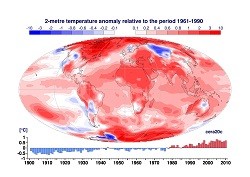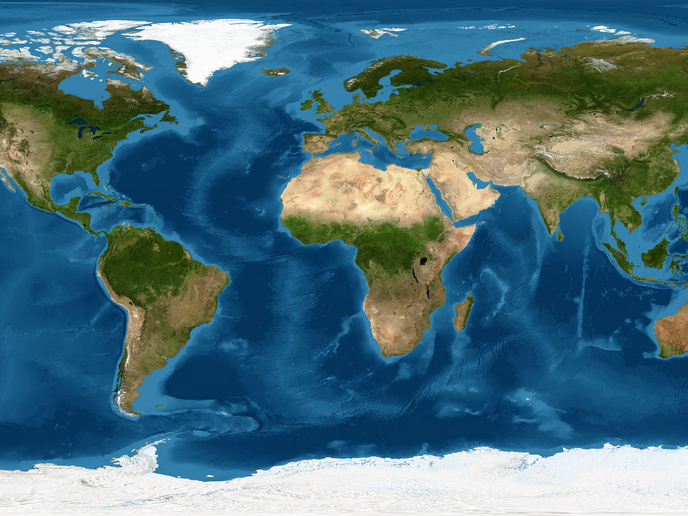Reanalysing past climate data is key to understanding future climate change
The key to developing good climate change mitigation strategies for the future lies in looking at the past and understanding how the climate has evolved. An essential starting point to look back to is the 20th century, and all this depends on finding data based on observations of the atmosphere, land, oceans and sea ice. Understanding the climate of the past century also depends on developing coupled ocean-land-atmospheric models and assimilation systems that can process the data. Thanks to many dedicated research initiatives, Europe is at the forefront of these activities. The EU-funded ERA-CLIM2 (European Reanalysis of the Global Climate System) project set out to gather and process data from observations made in the past century. The researchers aimed to digitise the data they found and prepare it to be used in models the research team developed. “The more we go back in time, the smaller the number of observations, and the less accurate they are,” ERA-CLIM2 project coordinator Dr Roberto Buizza says. “What we do is to blend them with our 3-dimensional models of the Earth, using coupled models that simulate all processes of the ocean, the land and the atmosphere.” By using very few observations with models they have developed, the ERA-CLIM2 team can reconstruct the climate of the areas where there are a very few or no observations. “Reanalyses are the best source of information of the past climate because they merge all available sources of information from the observations and the models,” Buizza explains. “The ensembles of reanalyses generated in ERA-CLIM2 help us to estimate the uncertainty of the past climate and provide insights on how to deal with uncertainties in the future climate projects.” Achieving objectives ERA-CLIM2 helped advance the science of reanalysis through developments in areas such as observation data rescue and post-processing. The researchers supported a large effort to rescue data for historic in situ weather observations around the world and prepared satellite climate data records. The team developed and tested coupled assimilation methods that could include observations from the different Earth systems, including sea ice. The researchers developed these methods to produce a more consistent estimate of the Earth system evolution, especially at the Earth’s surface. ERA-CLIM2 developed the first European coupled ocean-land-atmosphere reanalysis of the 20th century, which also factored in carbon use. The team advanced the understanding of uncoupled and coupled reanalyses, which led them to develop methods for estimating uncertainty in reanalyses. Three innovations First, ERA-CLIM2 produced a first-of-kind European coupled reanalysis of the Earth system of the 20th century. Called CERA-20C, it includes the ocean, sea ice, land and the atmosphere. The team went further, using the CERA assimilation system to generate a second data-set, CERA-SAT, which has a higher-resolution and covers about 10 years of the satellite era. Second, they used the CERA assimilation system to assess the impact of ocean observations on temperature modelling of the lower part of the atmosphere, and vice-versa. “Given that in the early parts of the 20th century observations were very scarce, this meant that we could generate more accurate data sets,” Buizza notes. The third innovation was to generate a new estimate of the uncertainty of the reanalysis data, generated using ensemble methods. Both CERA-20C and CERA-SAT included an ensemble of 10 analyses, instead of only one. This allowed the researchers to take into account the uncertainty of the observations and the models and estimate the accuracy of our knowledge of past climate variation. This new approach goes a long way to further understanding of climate change, since similar methods can be used looking into the future. Looking forward The CERA system will be used for future reanalyses of data, such as the ones planned to be generated by the Copernicus Climate Change Service (C3S). The data rescued and re-processed by the ERA-CLIM2 team will be made available to the whole community, so that any future reanalysis can include them. “C3S has provided a natural way to continue some of the activities started within the ERA-CLIM2 project, transforming them into lasting operational services,” Buizza says.
Keywords
ERA-CLIM2, climate change, ocean, sea ice, climate models, climate data







